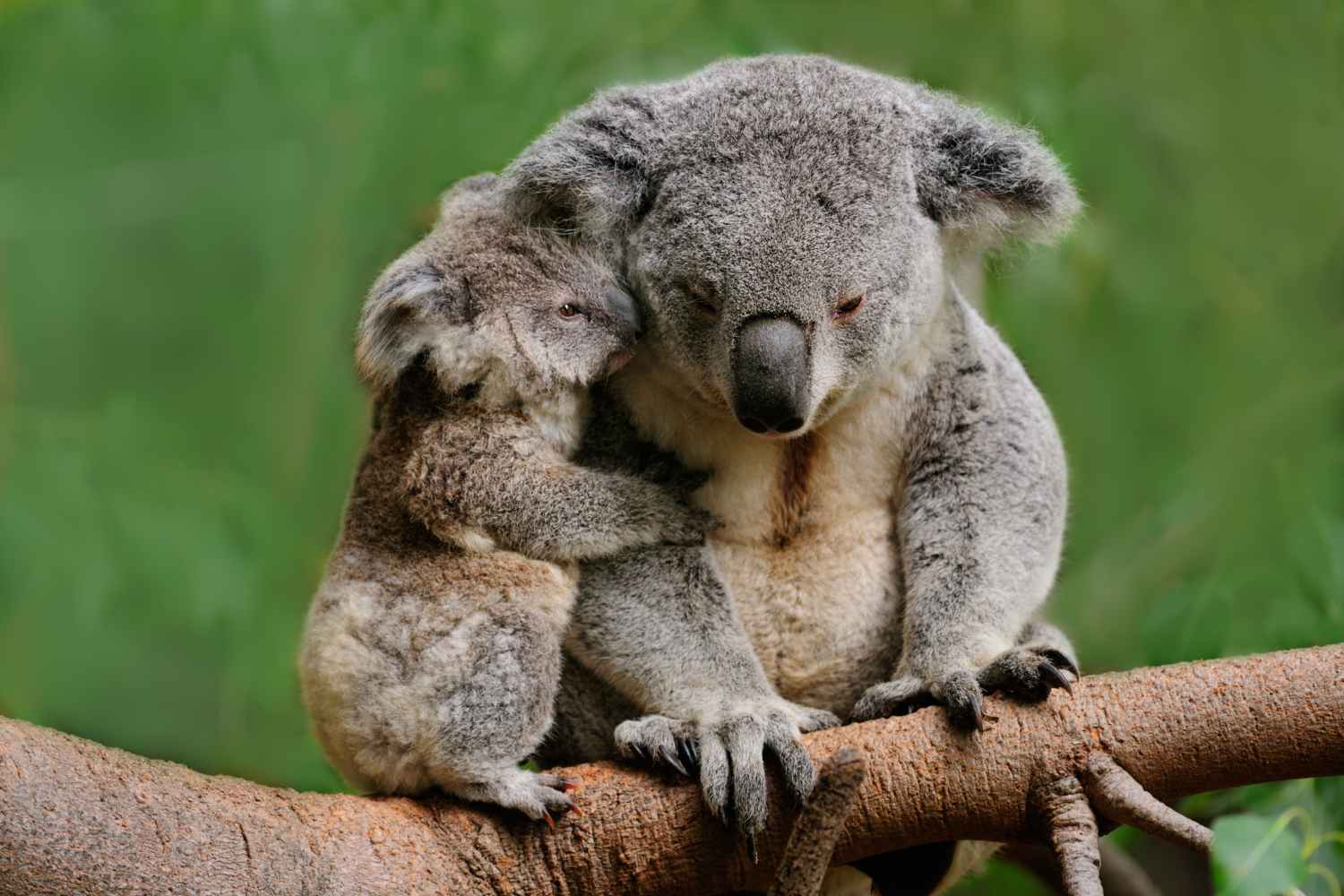The New South Wales (NSW) government in Australia has approved the creation of a 1.17 million-acre (476,000 hectares) protected area. The goal is to save the koala, declared at risk of extinction in 2022. The park, which hosts about 12,000 koalas (15% of NSW's population), is formed by combining existing parks and 435,000 acres (176,000 hectares) of state forests, with a temporary logging ban in effect since September 8

Table of contents
Few animals capture the hearts of Australians quite like the koala. Yet this marsupial, a national symbol, was declared endangered in New South Wales (NSW) in 2022. Habitat loss, climate stress, and disease have drastically reduced populations, prompting a parliamentary inquiry to sound the alarm: koalas could disappear from the state’s natural environment by 2050.
To counter this decline, the NSW government has approved the creation of the Great Koala National Park (GKNP), an initiative that supporters are calling a “once-in-a-generation” conservation decision.
A biodiversity reserve
The Great Koala National Park will be a vast protected area covering approximately 1.17 million acres (475,000 hectares), located about 310 miles (500 kilometers) north of Sydney, stretching from Kempsey to Grafton and inland to Ebor. The project involves integrating existing national parks with the conversion of 435,000 acres (176,000 hectares) of state forests.
This region hosts one of the state’s most significant koala populations, estimated at over 12,000 individuals, representing roughly 15% of NSW’s total koala population. Protecting habitat of this magnitude is crucial, as ecologists believe scattered parks aren’t sufficient to sustain viable populations. By connecting habitat fragments, the GKNP is designed to create refuges more resilient to drought, fire, and rising temperatures.
It’s not just about koalas: the park is also vital for another 66 threatened animal species, including greater gliders and glossy black cockatoos, plus dozens of rare plants. Protecting these intact native forests offers climate benefits too, as they retain more carbon than forests subject to harvest rotations. Additionally, the area holds great cultural value for the Indigenous Gumbaynggirr and Dunghutti peoples.
A turning point
The park announcement, formally presented in September, was accompanied by a temporary logging ban within the proposed boundaries, effective September 8. Premier Chris Minns justified the decision, stating that “koalas will become extinct in the wild by 2050 if we don’t make this decision.”
The moratorium represented a long-awaited breakthrough for environmentalists, but a harsh blow to the timber industry. The decision could result in the loss of approximately 300 jobs, causing devastation among workers and family-owned mill operators. The Australian Workers Union criticized the government, accusing it of prioritizing the “environmental lobby” over workers.
The Labor government responded by allocating $140 million AUD (approximately $92 million USD) for immediate funding aimed at worker transition and offering business continuity payments to affected mills, with the goal of redirecting skills toward plantations or other sectors. Analysts have noted that the native forest logging economy is unstable and often subsidized, while most NSW timber already comes from plantations.
Ecotourism and carbon credits
The GKNP isn’t seen merely as an ecological reserve, but also as an economic engine. The government is allocating an additional $60 million AUD (approximately $39 million USD) for new tourism infrastructure, including hiking trails, campgrounds, and adventure areas, hoping that regional ecotourism can create more sustainable jobs than the timber industry.
However, long-term funding is tied to carbon credits. The government hopes to register the park’s forests in a federal program for selling Australian Carbon Credit Units (ACCUs), monetizing climate benefits and thereby contributing to management and monitoring funds. This aspect, combined with the need for legislative approval not expected before 2026, keeps the park’s complete formalization uncertain.
The GKNP debate encapsulates the broader tensions in Australian land policy: between conservation and extractive industries, between regional jobs and environmental commitments. NSW now follows in the footsteps of Victoria and Western Australia, which have already ended native forest logging. For koalas, the Great Koala National Park could make the difference between survival and extinction.
Source: New South Wales Government
